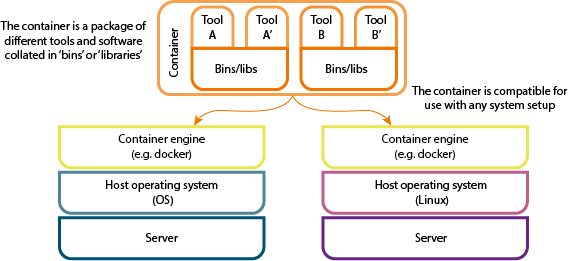The Quest for the Perfect Spectrum – A Benchmark in Consensus Generation
In proteomics, where mass spectrometry generates oceans of data, efficient processing is critical for extracting meaningful insights. As with any large dataset, some information is redundant, and mass spectra are no exception. The task of grouping similar spectra into clusters and generating a consensus spectrum—a representative spectrum for each group—has emerged as a key step in modern proteomics workflows. While several methods exist for this, we explored in 2022 multiple ones in the manuscript titled “A Comprehensive Evaluation of Consensus Spectrum Generation Methods in Proteomics”, systematically for consensus spectrum generation, making a significant contribution to the field.






